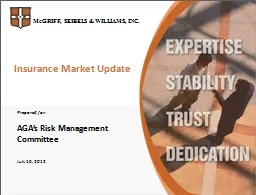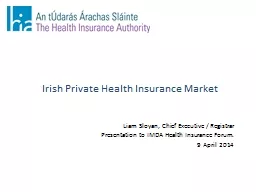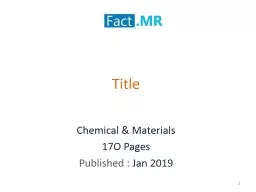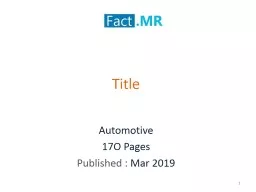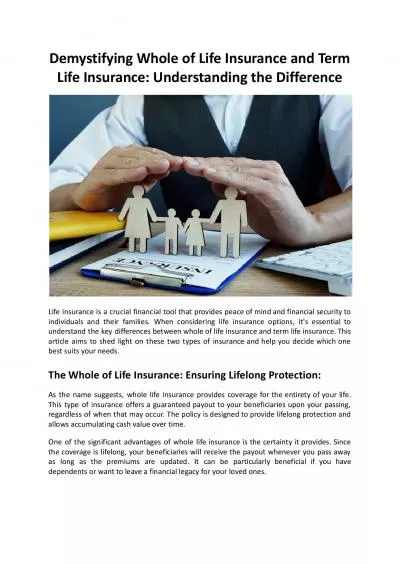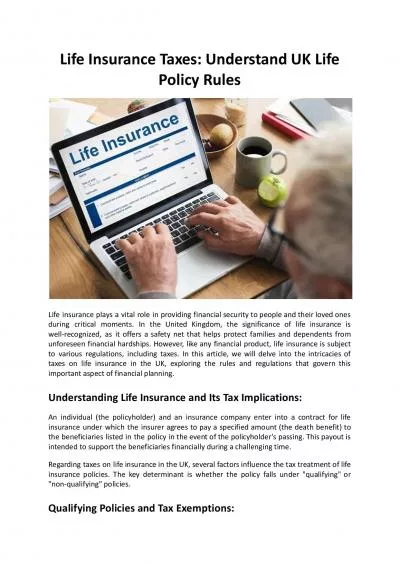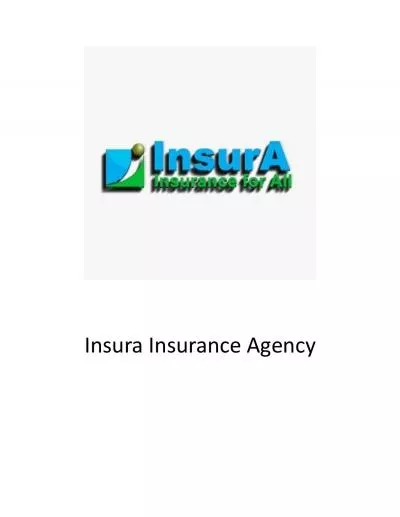PPT-Insurance Market Update Prepared for:
Author : faustina-dinatale | Published Date : 2018-11-05
AGAs Risk Management Committee July 16 2012 Agenda Market Review 2011 Impact Casualty Market pricing coverage trends and forecasts Property Market pricing
Presentation Embed Code
Download Presentation
Download Presentation The PPT/PDF document "Insurance Market Update Prepared for:" is the property of its rightful owner. Permission is granted to download and print the materials on this website for personal, non-commercial use only, and to display it on your personal computer provided you do not modify the materials and that you retain all copyright notices contained in the materials. By downloading content from our website, you accept the terms of this agreement.
Insurance Market Update Prepared for:: Transcript
Download Rules Of Document
"Insurance Market Update Prepared for:"The content belongs to its owner. You may download and print it for personal use, without modification, and keep all copyright notices. By downloading, you agree to these terms.
Related Documents

